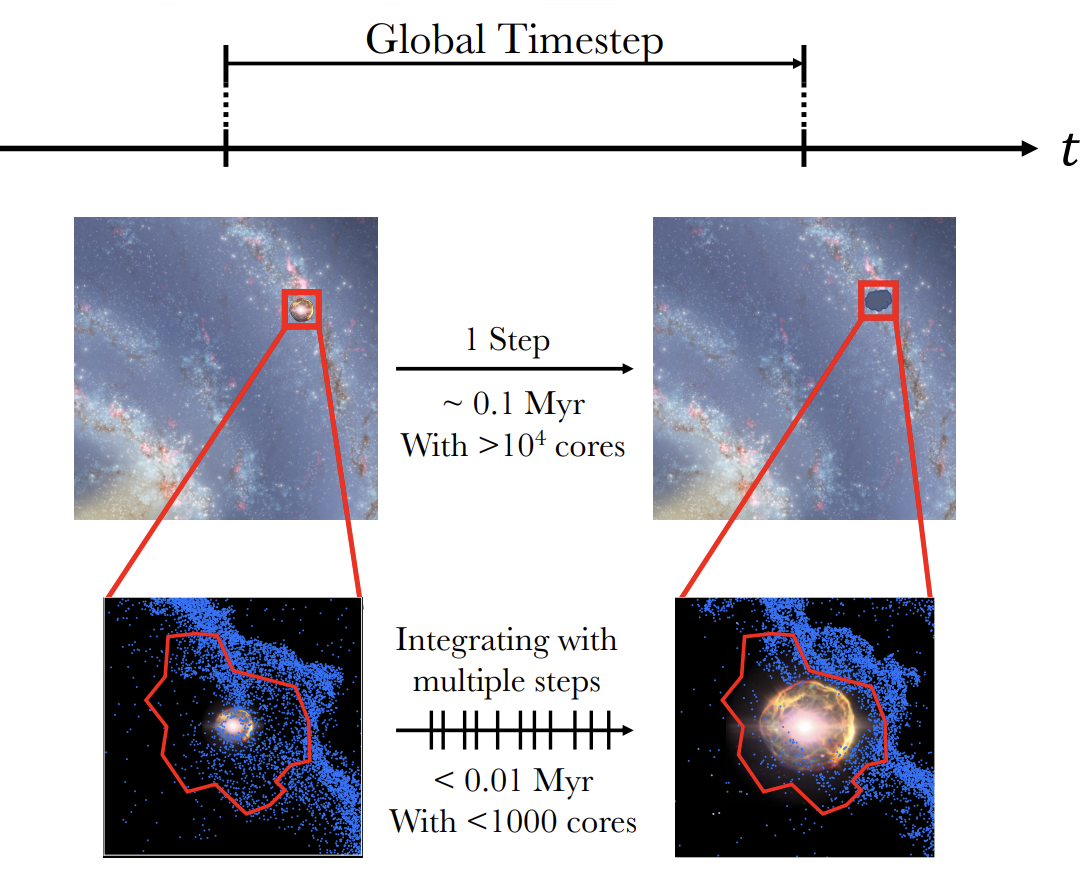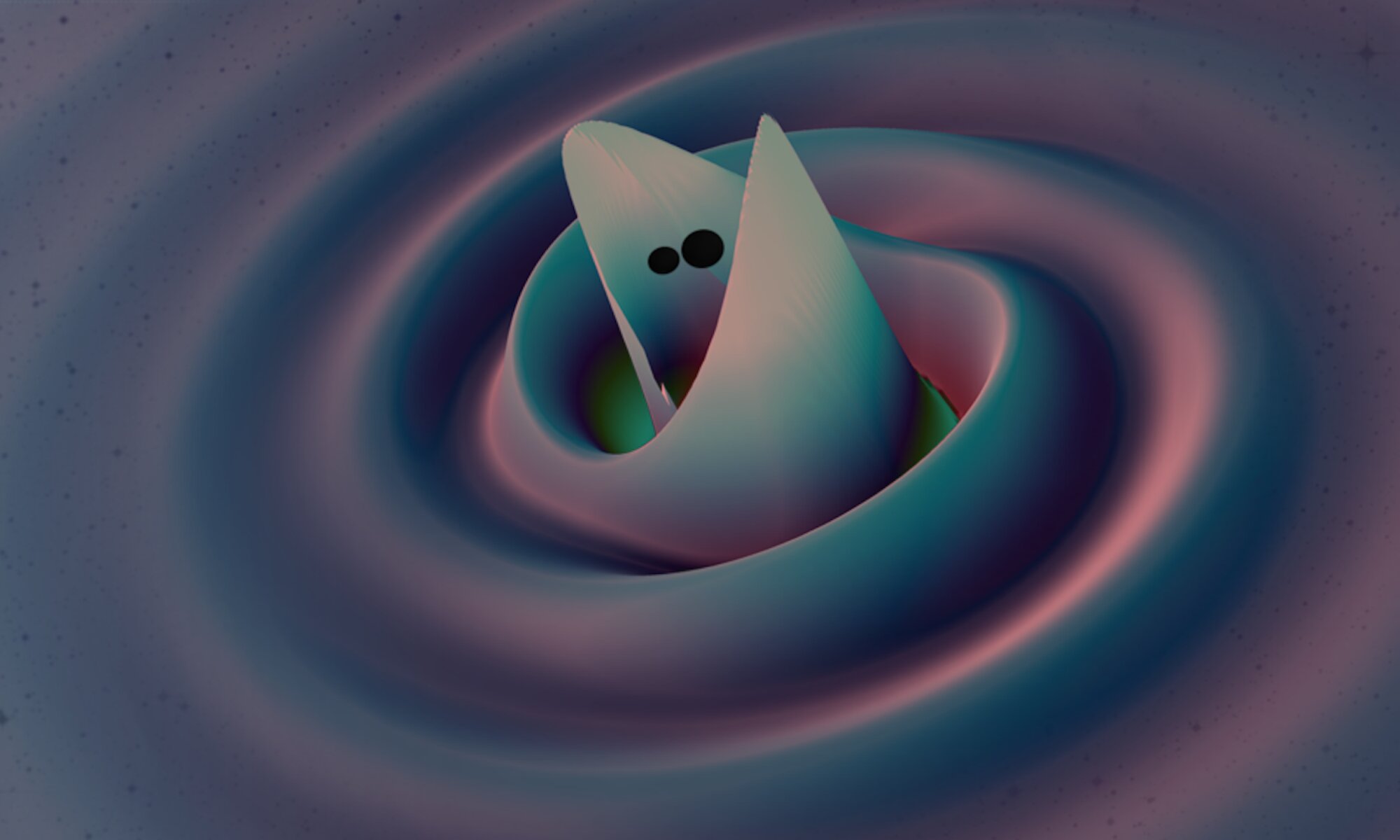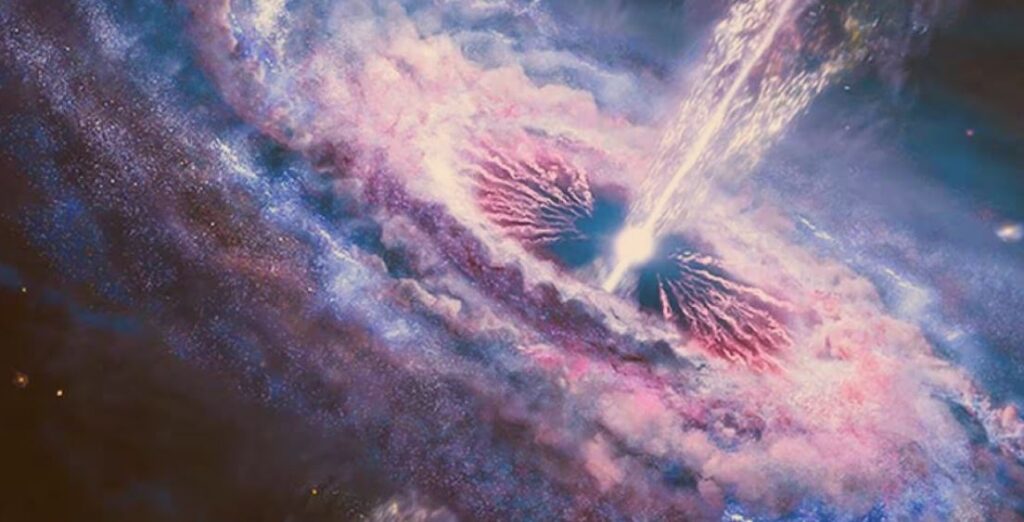
A new way to simulate supernovae may help shed light on our cosmic origins. Supernovae, exploding stars, play a critical role in the formation and evolution of galaxies...
Read More

A new way to simulate supernovae may help shed light on our cosmic origins. Supernovae, exploding stars, play a critical role in the formation and evolution of galaxies...
Read More
New study offers hope to long-standing scientific problem. In a new study, researchers have taken an important step toward understanding how exploding stars can help reveal how neutrinos, mysterious subatomic particles, secretly interact with themselves.
One of the less well-understood elementary particles, neutrinos rarely interact with normal matter, and instead travel invisibly through it at almost the speed of light. These ghostly particles outnumber all the atoms in the universe and are always passing harmlessly through our bodies, but due to their low mass and lack of an electric charge they can be incredibly difficult to find and study.
But in a study p...
Read More
They are mysterious, exciting and inescapable—black holes are some of the most exotic objects in the universe. With gravitational-wave detectors, it is possible to detect the chirp sound that two black holes produce when they merge, approximately 70 such chirps have been found so far.
A team of researchers at the Heidelberg Institute for Theoretical Studies (HITS) now predicts that in this “ocean of voices” chirps preferentially occur in two universal frequency ranges. The study has been published in The Astrophysical Journal Letters.
The discovery of gravitational waves...
Read More
Scientists have for the first time observed the early universe running in extreme slow motion, unlocking one of the mysteries of Einstein’s expanding universe. The research is published in Nature Astronomy.
Einstein’s general theory of relativity means that we should observe the distant—and hence ancient—universe running much slower than the present day. However, peering back that far in time has proven elusive. Scientists have now cracked that mystery by using quasars as “clocks.”
“Looking back to a time when the universe was just over a billion years old, we see time appearing to flow five times slower,” said lead author of the study, Professor Geraint Lewis from the School of Physics and Sydney Institute for Astronomy at the University of Sydney.
“If you were there, in...
Read More
Recent Comments